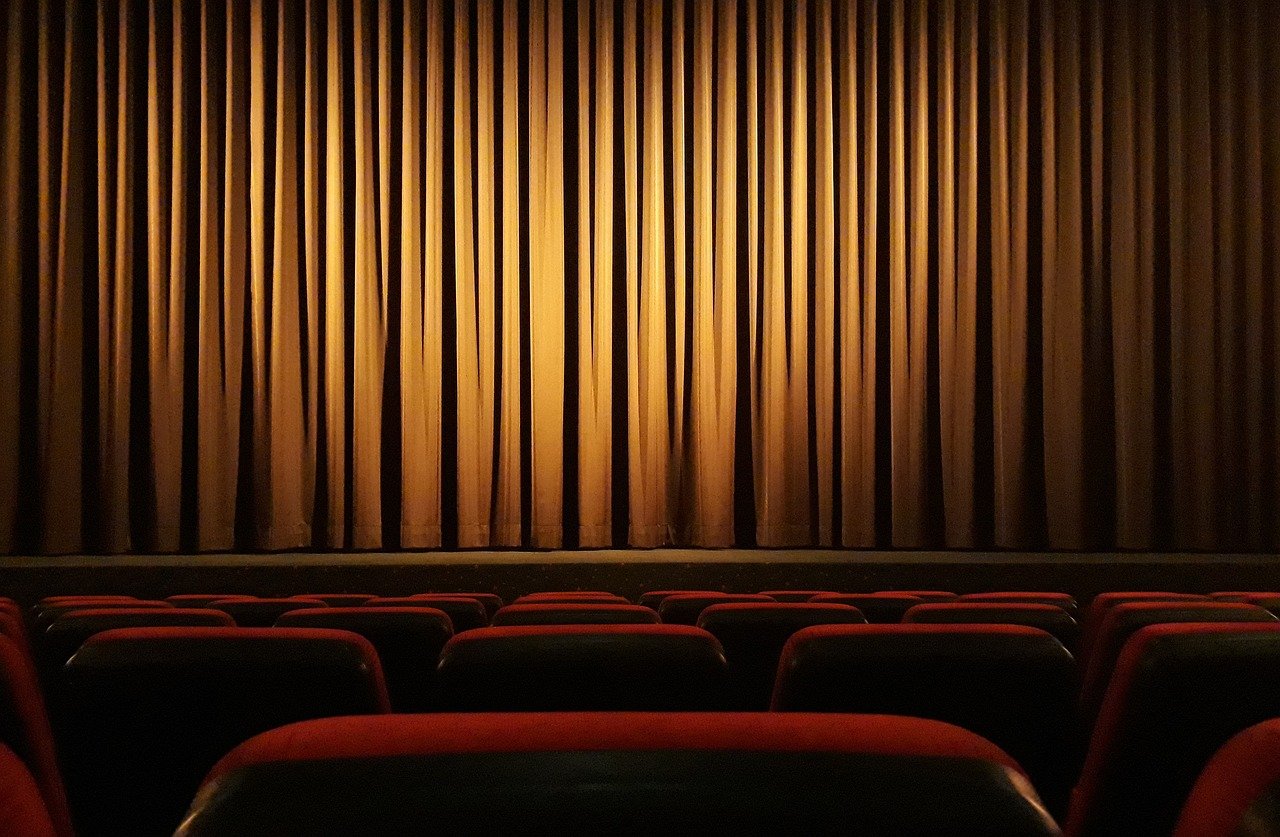Introduction
Welcome to the slippery universe of tryouts, where dreams come to fruition and professions are made. The Back Casting Room isn’t simply a spot; it’s an edge of potential outcomes, where hopeful gifts meet the investigation of chiefs and makers. Here, each look and each line conveyed holds the commitment of a cutting-edge job or a vital profession second.
What makes this room so convincing? It’s the nexus of desire and opportunity, where crude ability meets the afflictions of determination. In secret, choices that shape media outlets are made, projecting lights on new stars and preparing entertainers the same. Go along with us as we disclose the mysteries, systems, and stories that characterize the Back Casting Room — where ability meets predetermination.
The History of the Back Casting Room
The historical backdrop of the Back Casting Room follows back to the beginning of Hollywood’s studio framework in the mid-twentieth 100 years. As film creation prospered, so did the requirement for a precise way to deal with project jobs. The idea of a committed space for tryouts was developed to smooth out the determination cycle, guaranteeing effectiveness and painstaking projecting choices. Over the long run, this room became a spot for tryouts as well as an essential center point where ability meets a valuable open door.
From quiet movies to the advanced age, the Back Casting Room has seen changes in innovation and industry rehearses. Yet, its quintessence stays unaltered — finding and sustaining ability. Today, these rooms are furnished with cutting-edge offices, upgrading the tryout experience for entertainers around the world. Understanding this set of experiences gives bits of knowledge into how giving plays developed a part as a foundation of filmmaking, molding stories and sending off vocations.
What Happens in the Back Casting Room
In the Back Casting Room, the tryout cycle is fastidiously organized to distinguish the ideal fit for every job. Chiefs and projecting chiefs use various strategies, from script readings to ad-lib works, to measure an entertainer’s reach and reasonableness. As per industry experiences, a typical tryout meeting goes on for around 10 to 15 minutes for each entertainer, with projecting groups seeing many hopefuls in a solitary day.
This thorough cycle guarantees exhaustive thought of ability while sticking to tight creation plans. Camera and recording hardware catch exhibitions for survey and consultation, featuring subtleties that might influence projecting choices. Past exhibitions and science tests between entertainers may likewise evaluate dynamic connections essential for on-screen associations. Eventually, the Back Casting Room is a microcosm of direction, where ability, readiness, and sense meet to shape the fate of movies and TV.
Controversies Surrounding the Back Casting Room
Regardless of its urgent job, the Back Casting Room is still being debated. Throughout the long term, reactions have arisen in regard to portrayal and variety in projecting choices. Measurements show that specific socioeconomics, like ladies and ethnic minorities, are generally underrepresented in driving jobs contrasted with their populace extents. Furthermore, discussions have emerged in regard to the treatment of entertainers during tryouts, with reports of improper direct and inconsistent power elements.
Accordingly, industry drives like incorporation riders and variety shares plan to address these aberrations, advancing more pleasant portrayals on screen. Additionally, the Back Casting Room has been examined for propagating generalizations through pigeonholing rehearses. These issues highlight continuous discussions about value and morals in projecting, provoking calls for straightforwardness and responsibility in dynamic cycles. As the business advances, so too should the practices inside these rooms reflect more extensive cultural qualities and yearnings for comprehensive narrating.
The Future of Back Casting Rooms in the #MeToo Era
Following the #MeToo development, the eventual fate of Back Casting Rooms is ready for critical change. Reports and studies have featured inescapable issues of provocation and power elements inside media outlets, including during tryouts. As a reaction, there has been an elevated spotlight on executing rigid conventions and sets of principles in projecting meetings.
Numerous creation organizations and projecting offices have been founded that require the preparation of programs on work environment morals and respectful leadership.
Besides, there has been a push towards more noteworthy orientation and racial value in projecting choices, with drives planning to enhance portrayal both on and off the screen. Advancements like virtual tryouts and remote projecting cycles have additionally gotten forward momentum, offering more comprehensive and open tryout encounters. The advancement of backcasting rooms at this time reflects more extensive cultural movements towards responsibility, inclusivity, and more secure workplaces in media outlets.
Conclusion
As we close our investigation of the Back Casting Room, obviously past its walls lies a mind-boggling crossing point of creativity, opportunity, and cultural reflection. From its verifiable advancement to contemporary difficulties and developments, this clandestine space stays essential in molding the amusement scene.
As the business takes a stab at inclusivity and moral principles, the eventual fate of projecting rooms vows to be dynamic, embracing innovative headways and social movements. Whether hopeful entertainers or old pros, understanding the elements at play in these rooms enlightens the excursion from tryout to execution, featuring the extraordinary force of narrating and the persevering appeal of the cinema.





2 thoughts on “Back Casting Room: Inside the Secret World of Auditions”